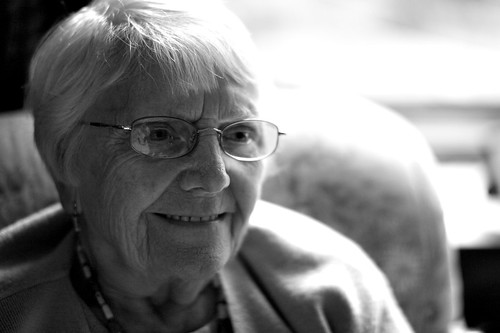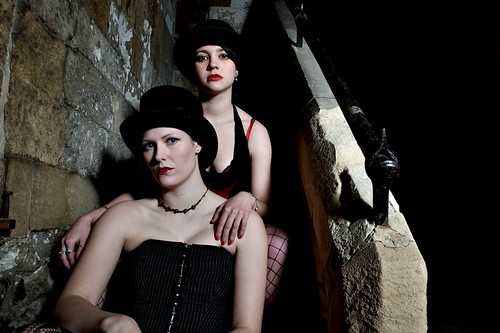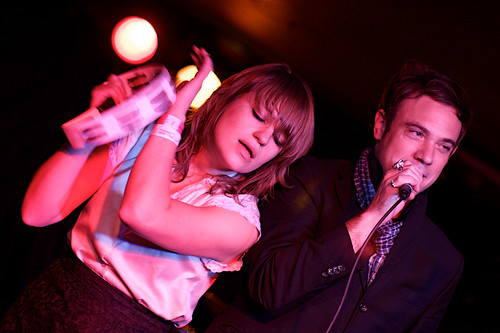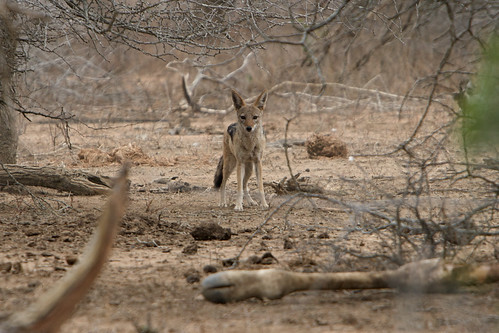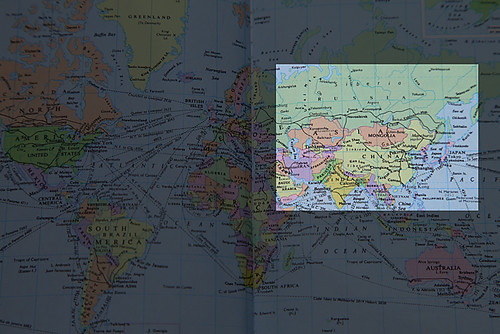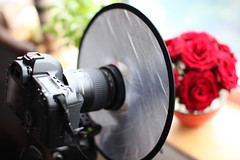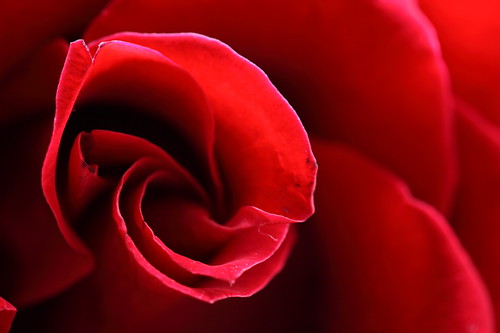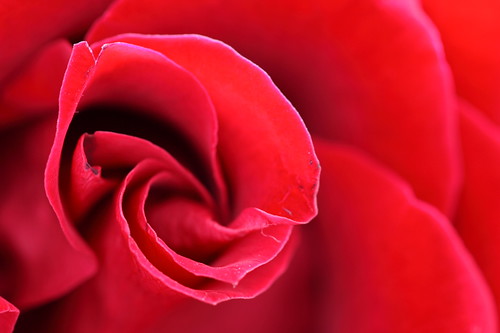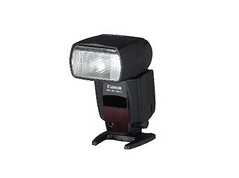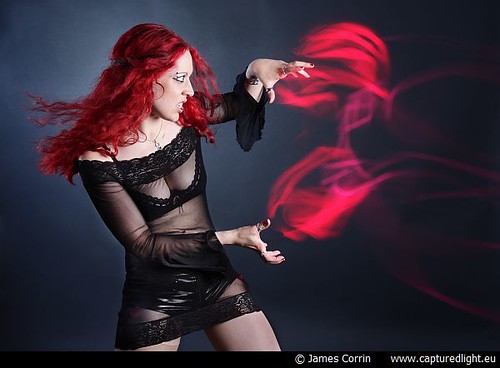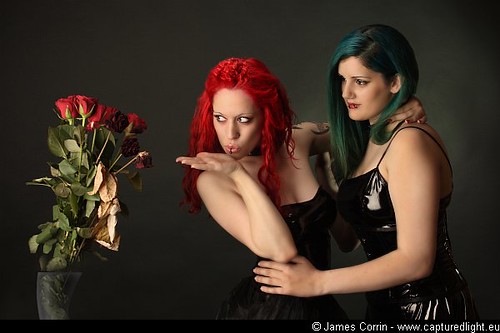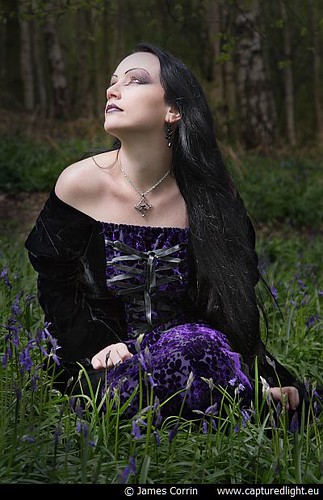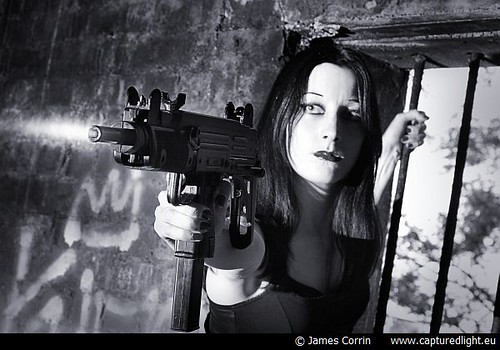One of the biggest photographic competitions of the year has just opened the flood gates to entries for the 2009 round. That's right, the Wildlife Photographer of the Year (WPOY) is waiting for you to enter your images now.
If you have any interest in wildlife, natural history or landscapes, it's worth entering as you never know what can happen. Take a look at some of the placed and winning images over the last few years and you'll see it's clearly a lottery as to whether you win or not. Look back just a few years and you'll realise it doesn't even have to be a wildlife image! Yes, I am thinking of the Gorilla in a zoo picture. Equally, as much as we may espouse technical perfection in images, this really is not a criteria for the judges either. As long as it shows what they're looking for this year, you're in with a chance of winning.
While you may think you need to go off someplace exotic to shoot, don't forget your own back-yard. If you look hard enough, you'll find something worth entering.
If you do decide to enter, Good Luck!
Press release from the Natural History Museum below:
The 2009 competition is open for entries
The Veolia Environnement Wildlife Photographer of the Year competition is beginning its annual search for the best and most astonishing images from around the world, whether they come from the wildest places on Earth or urban gardens. With the bar being raised each year, the 2009 competition promises to be bigger and more inspiring than ever before.
‘This is the greatest and most prestigious competition for wildlife photographers anywhere in the world. It raises the profile of wildlife photography and provokes a wider awareness of wildlife conservation. It is not just professionals who are successful – amateurs of all ages have won awards in the competition many times. In recent years the judges have been particularly impressed by the standard of images being produced by many young people.’ Mark Carwardine (Chairman of the judges)
The winning photographer will be presented with £10,000 at an awards ceremony at the Natural History Museum, London, in October. Each category winner receives £500 and every runner-up £250. Special Award winners receive £1,000.
How to enter
visit our website to enter online, for revised rules and category definitions and the Chairman’s foreword and insider tips.
images must be digitally captured or scans of transparencies
original transparencies, or the original capture as it was recorded by the camera will be requested, and must be supplied if an image reaches the final round of judging
translations of the rules are available online in Chinese, French, German, Italian and Spanish
online entry fee: £20
postal entry fee: £27 (CDs only)
closing date for online entries: Friday 27 March 2009
closing date for postal entries (CDs only): Friday 20 March 2009
Veolia Environnement Young Wildlife Photographer of the Year
If you are 17 years or younger, this is the competition for you. You can enter pictures of any wild animals, plants or landscapes. The judges will be looking for original, beautiful or striking shots rather than rare or exotic subjects. Creatures or places close to home that you know well or have easy access to may be your best subjects.
The three categories are: 10 years and under, 11–14 years, 15–17 years
The winning photographer will receive £500 and a day out with a well-known wildlife photographer. Category winners will receive £250 and runners up £100.
How to enter
visit our website to enter online, see the revised rules, and more tips from the Chairman of the judges.
entry to this competition is free
up to 10 images can be entered
images must be digitally captured, or scans of transparencies
translations of the rules are available online in Chinese, French, German, Italian and Spanish
closing date for online entries: Friday 27 March 2009
closing date for postal entries (CDs only): Friday 20 March 2009
Judges
Mark Carwardine (Chair) zoologist, writer and photographer
Jack Dykinga, landscape photographer
Laurent Geslin, photographer
Chris Gomersall, wildlife photographer
Orsolya Haarberg, nature photographer
Josef (Sepp) Hackhofer, nature photographer
Tim Harris, manager, nature and garden collections, Photoshot
Tony Heald, wildlife photographer
Rosamund Kidman Cox, editor and writer
Jan-Peter Lahall, photographer
Tor McIntosh, picture editor
Vincent Munier, nature photographer
Erik Sampers, photo director, Terre Sauvage
Brian Skerry, marine wildlife photojournalist
Sophie Stafford, editor, BBC Wildlife Magazine
A feature on the 2009 competition, along with tips on how to improve your Urban and Garden photography can be found in the February issue of BBC Wildlife Magazine, on sale 22 January, and online at
www.bbcwildlifemagazine.com-blabpictures-
